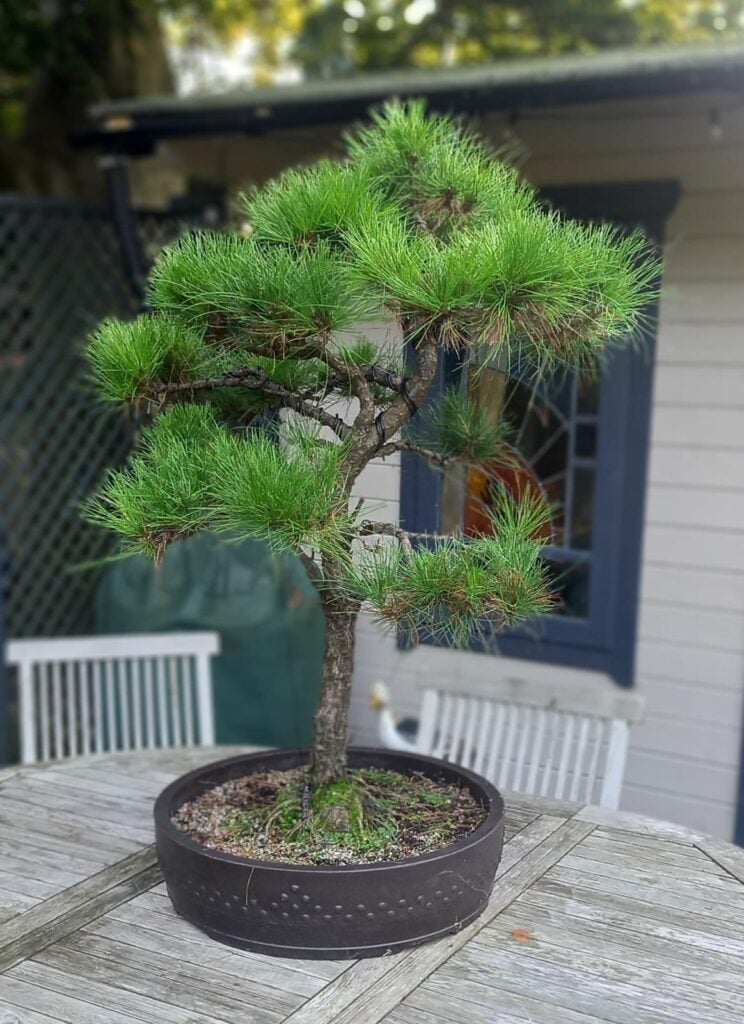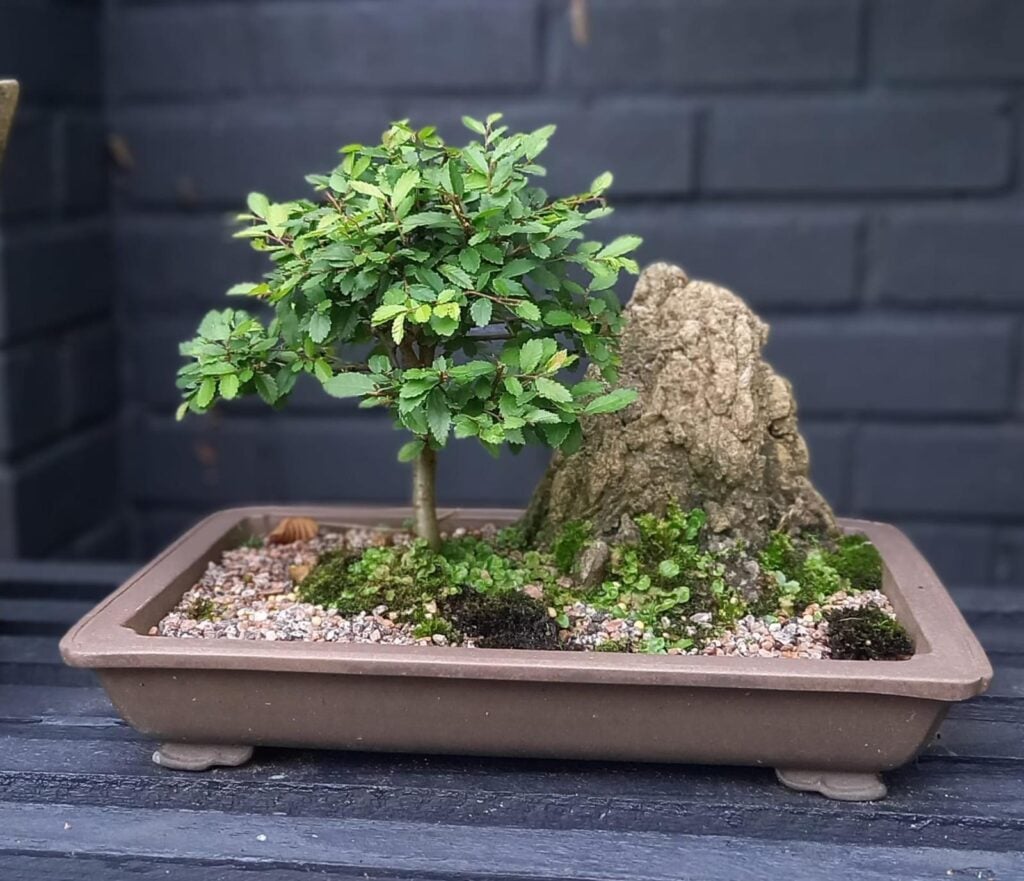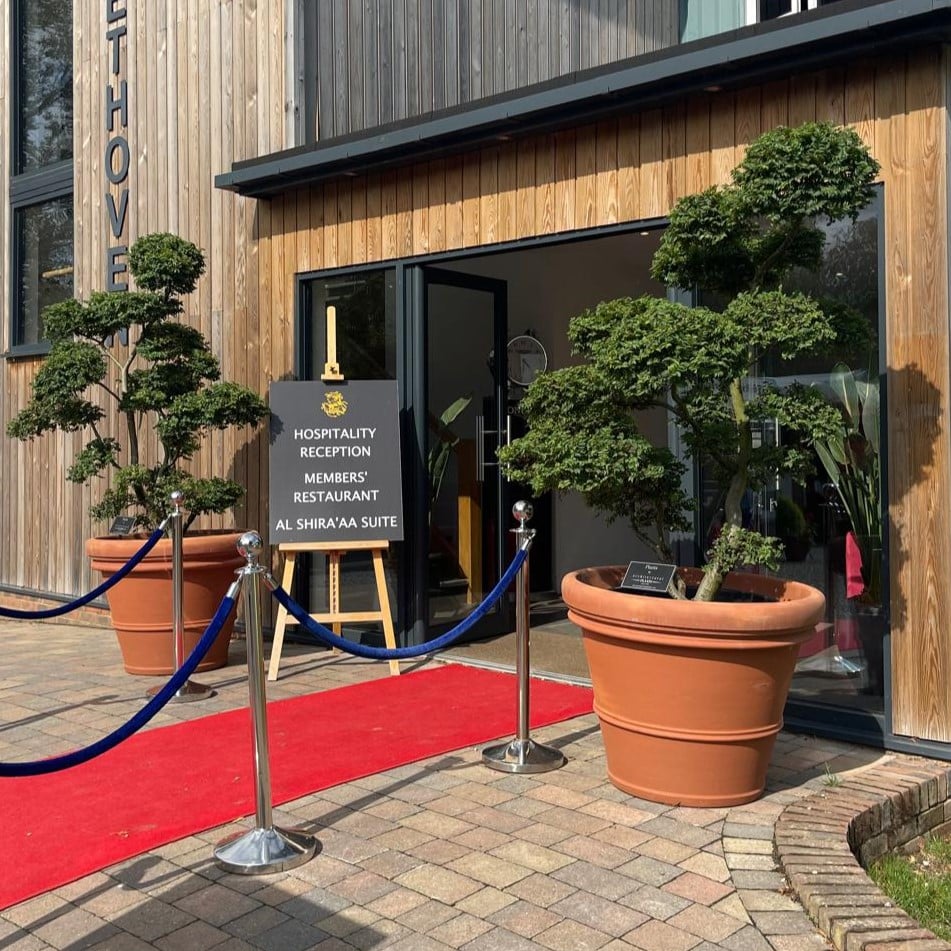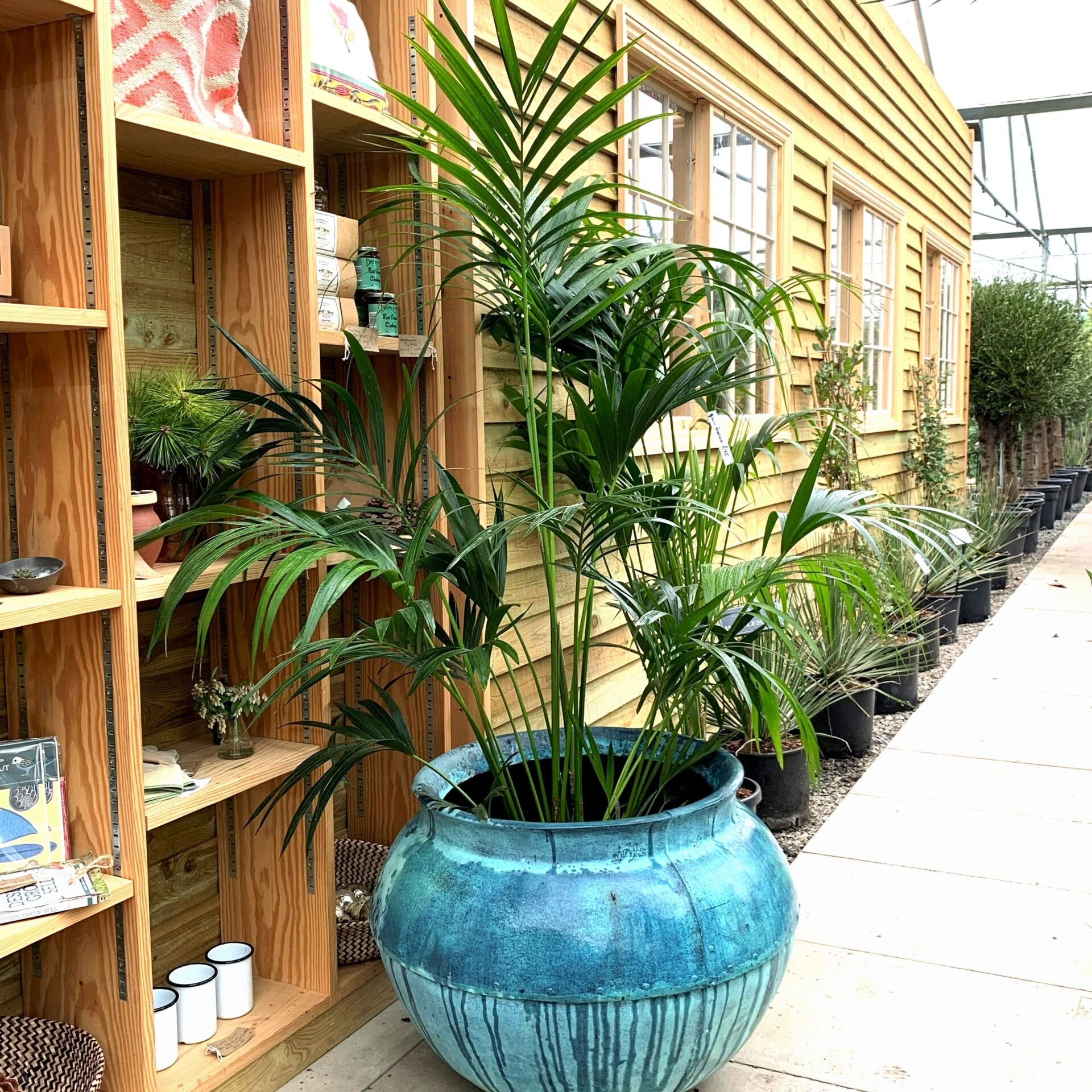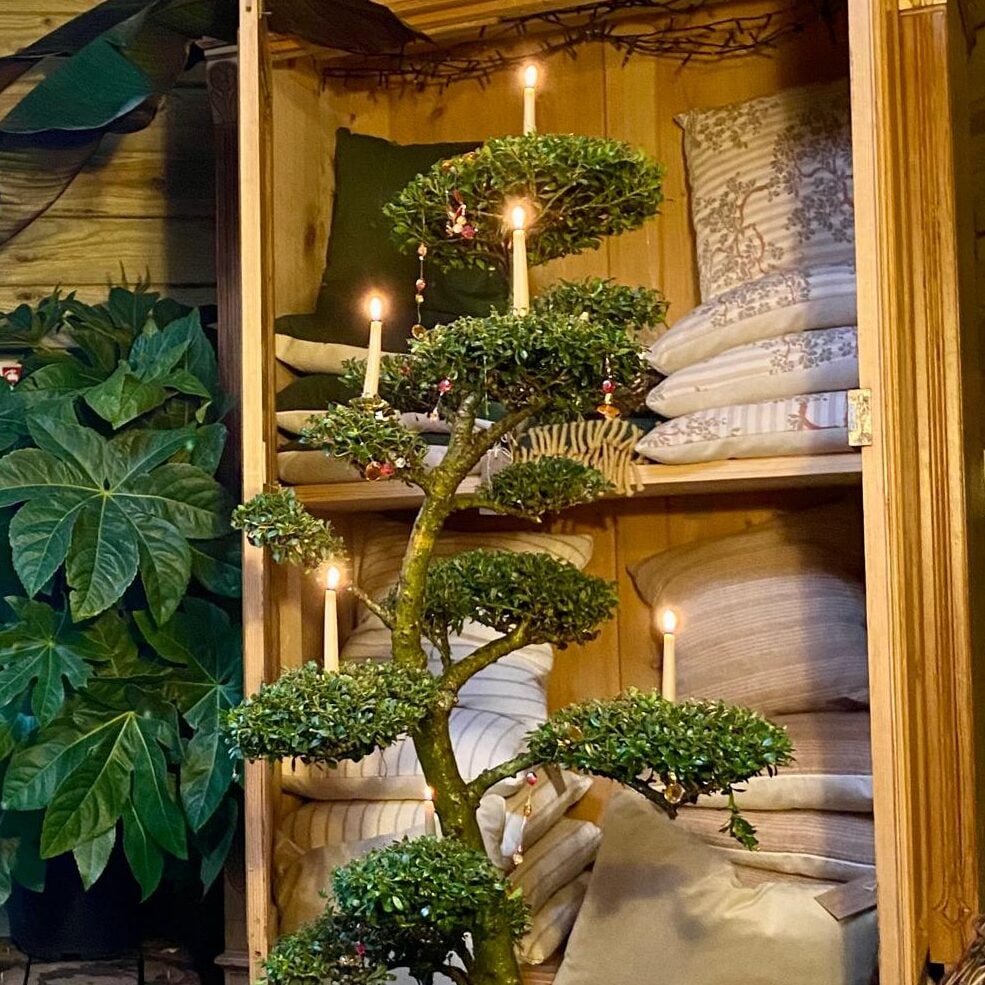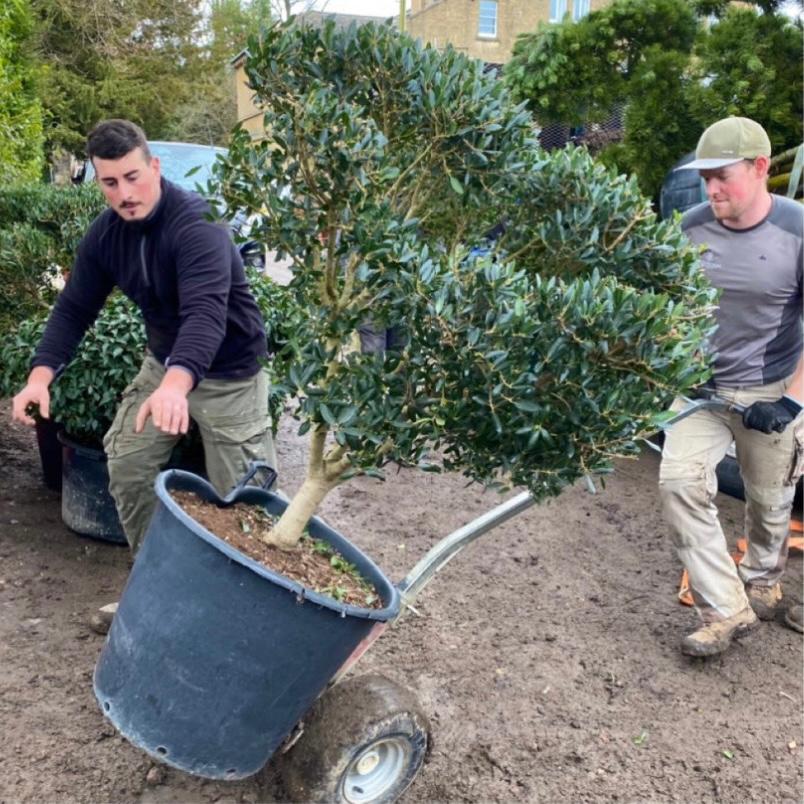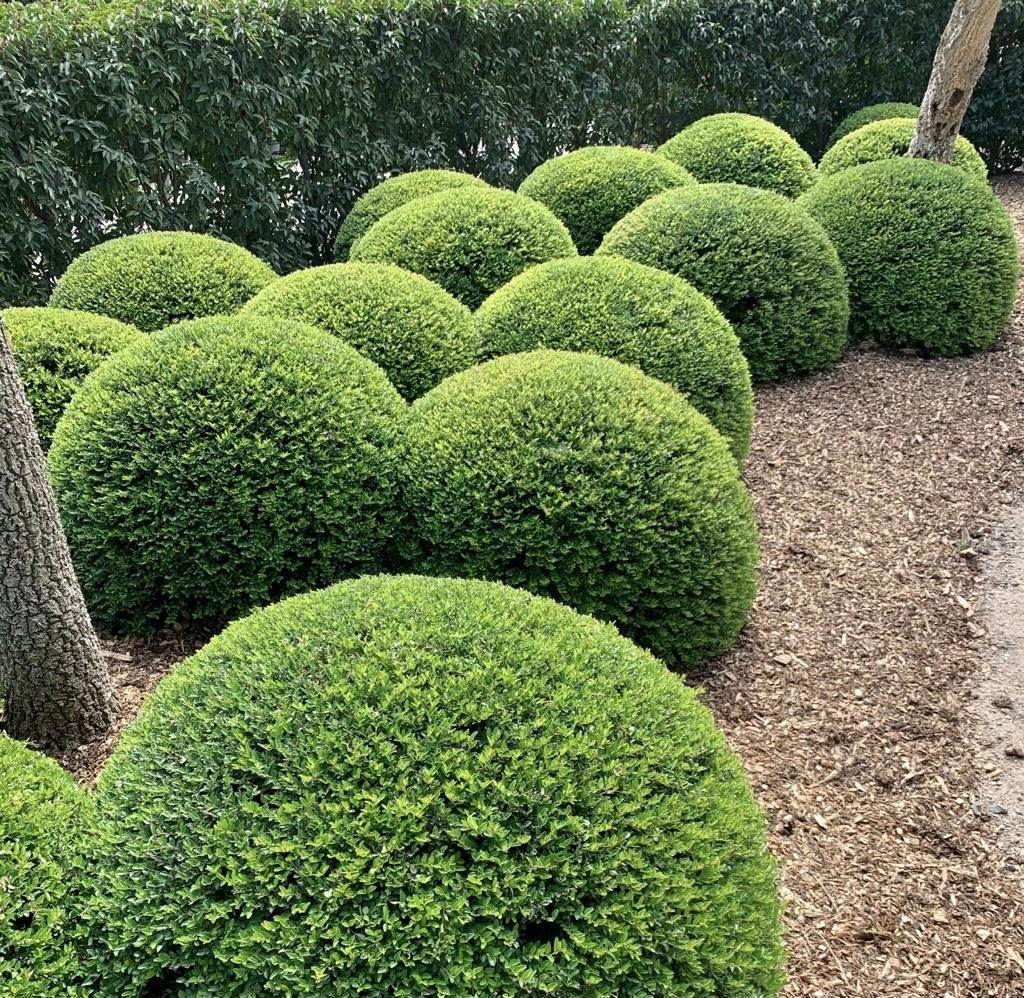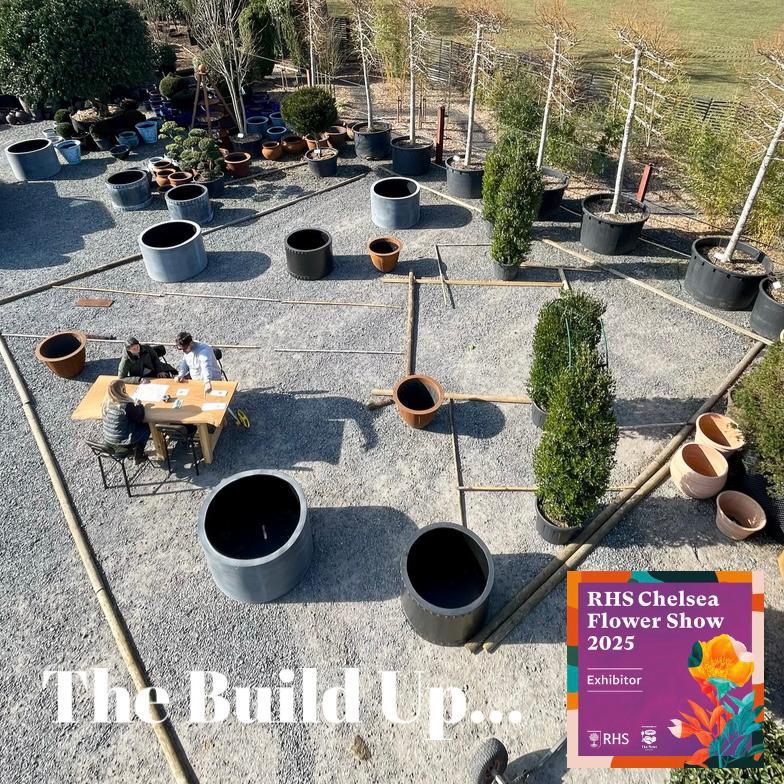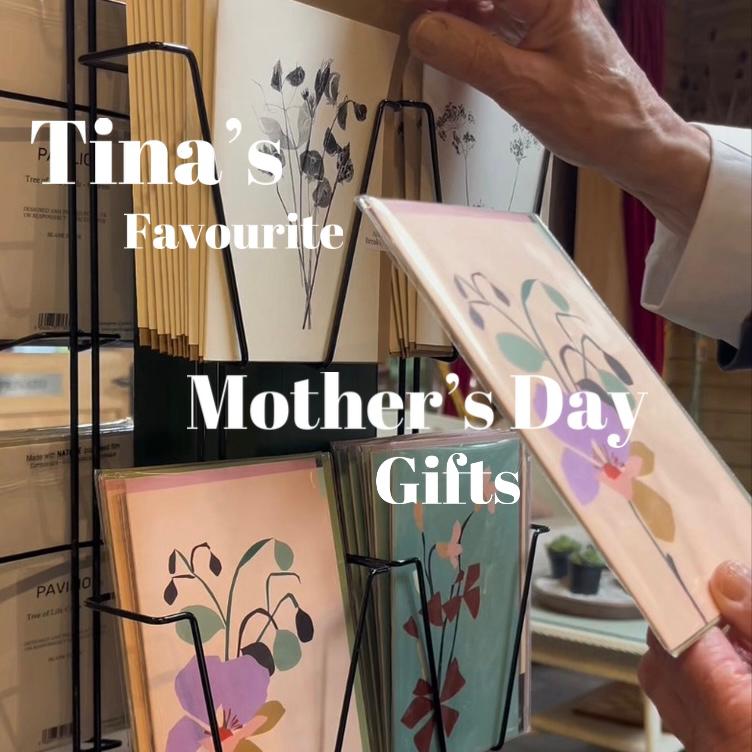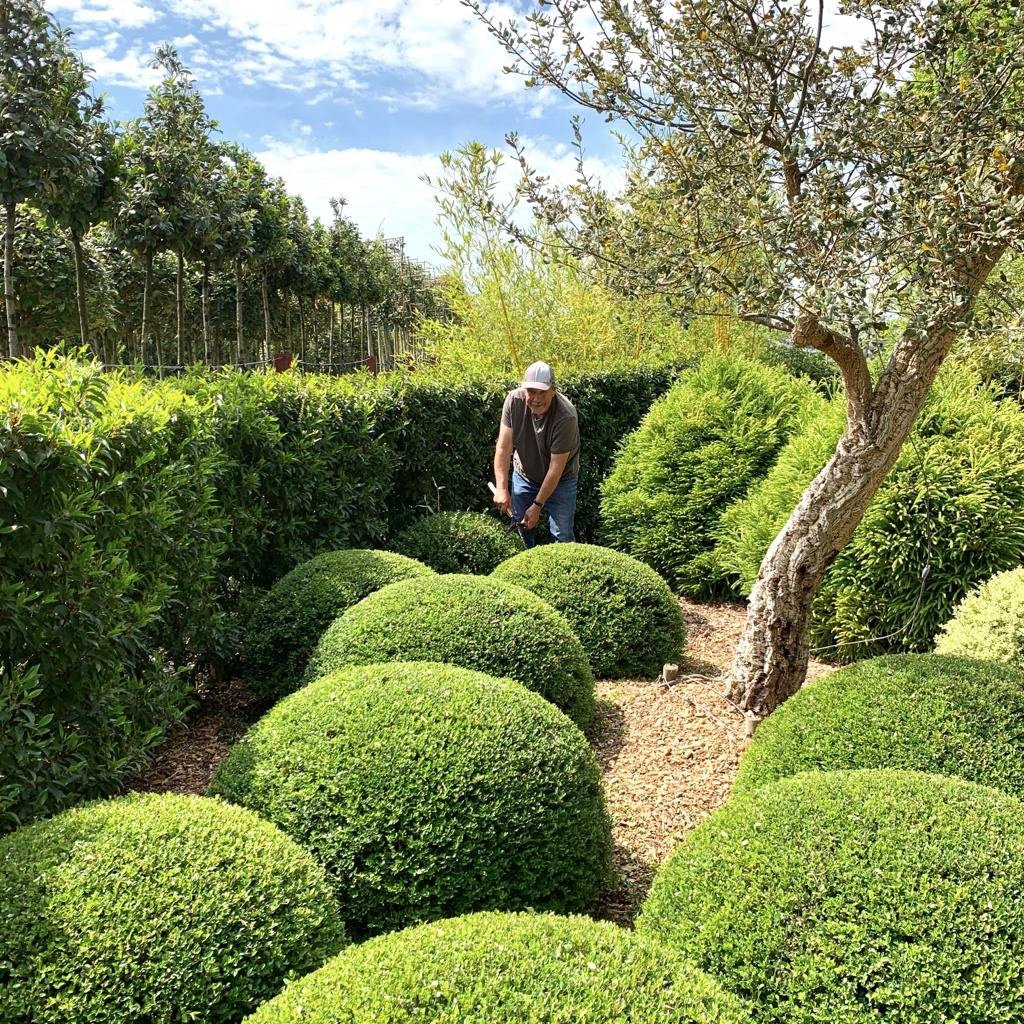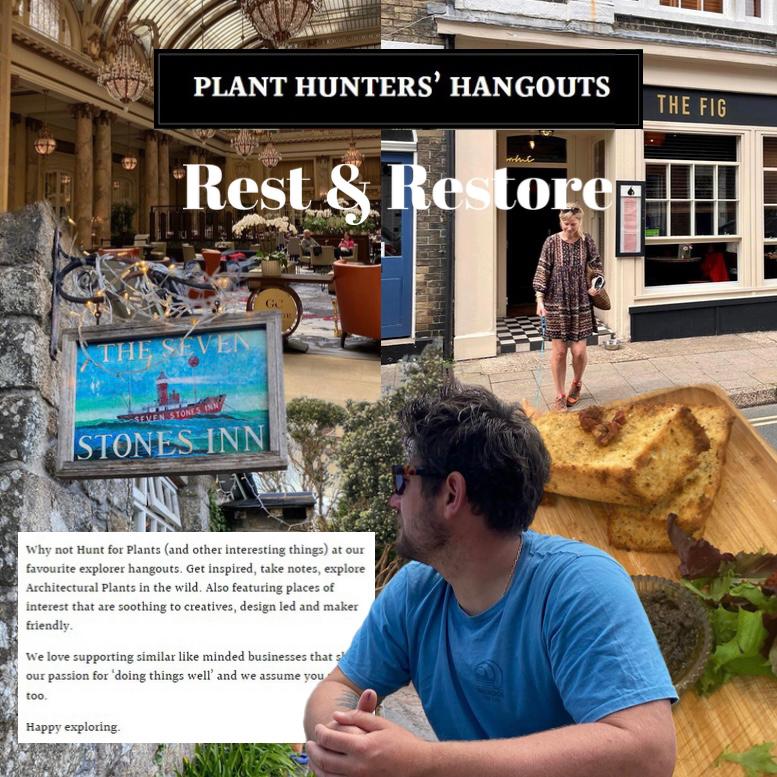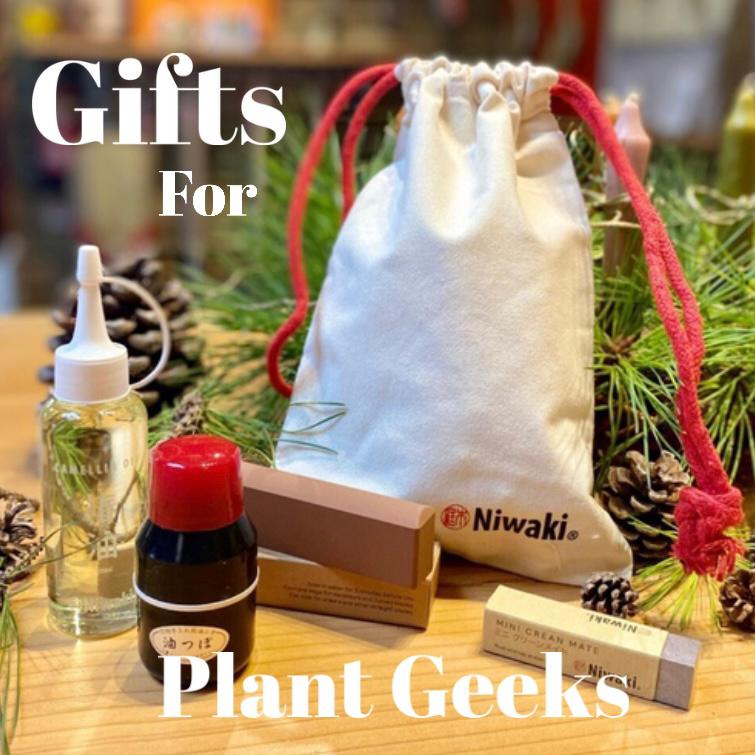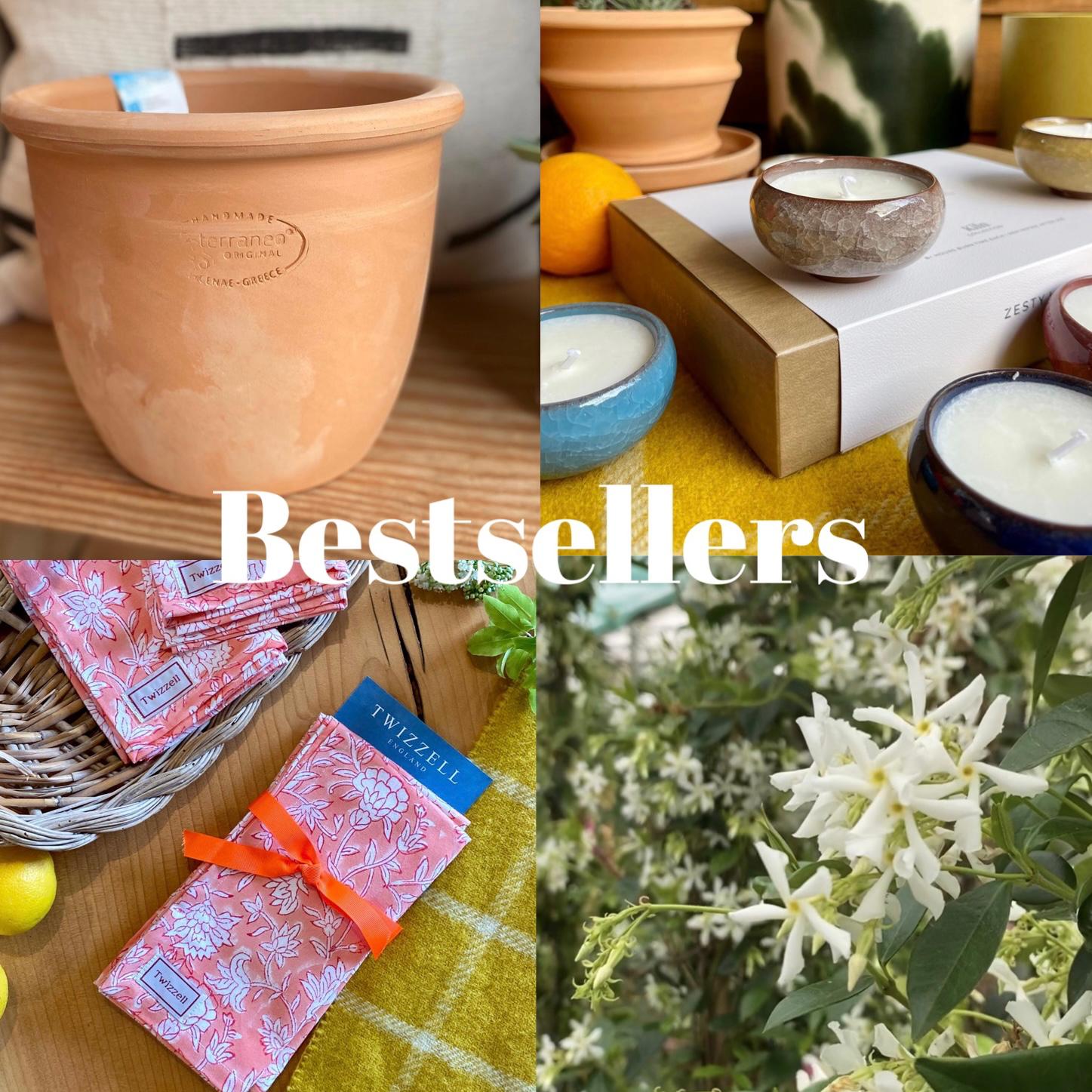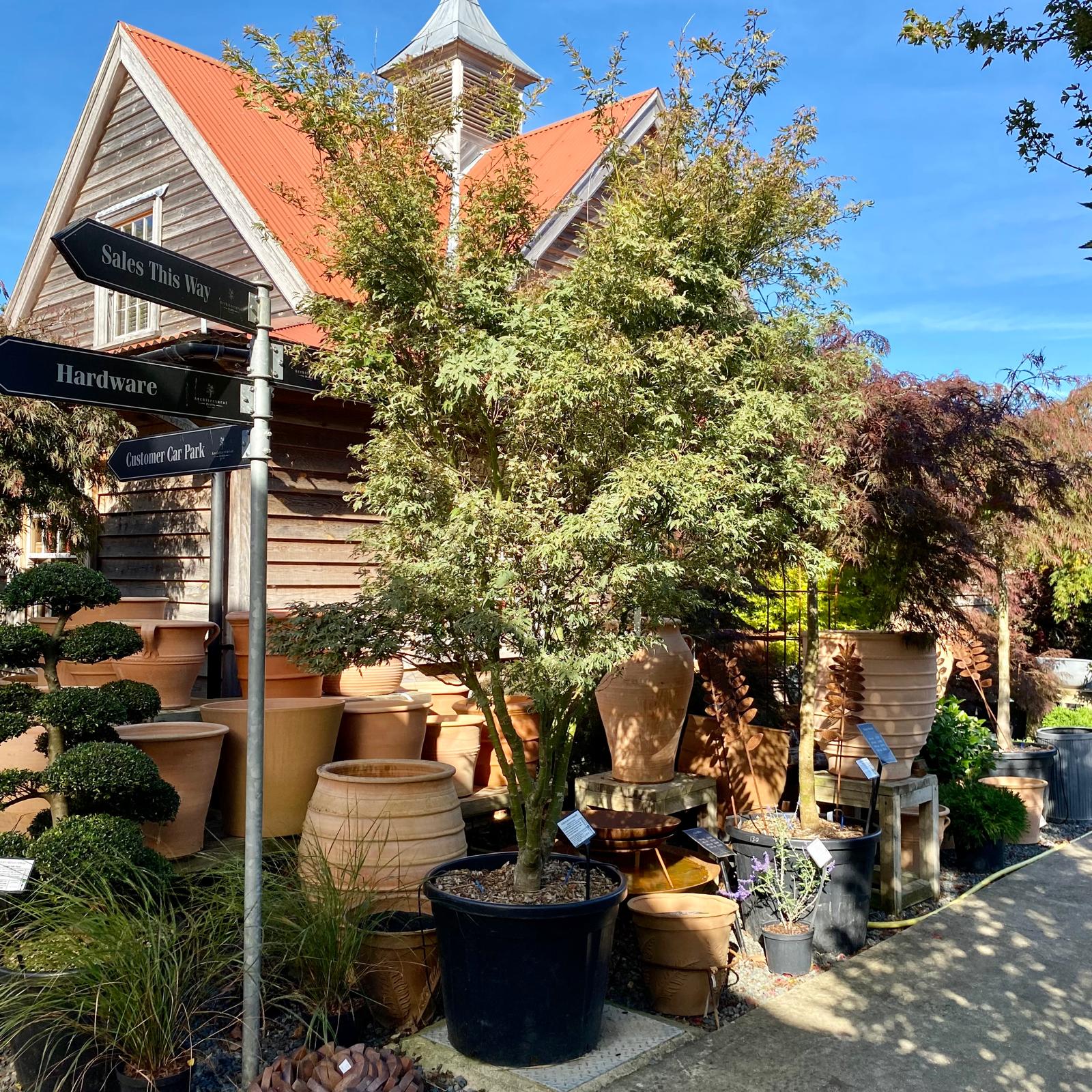Bonsai Rescue with Phil
How to Keep Your Bonsai Alive and Thriving
Receiving a bonsai, whether as a gift or as a personal purchase, can bring about feelings of uncertainty regarding its care. However, maintaining the health of your bonsai does not have to be daunting. Below are Phil’s four essential guidelines to help you nurture your tree and prevent it from becoming brown and crispy.

1. Repot for Optimal Growth
It is advisable to repot your bonsai as soon as possible. Many commercially produced bonsai are placed in low-quality compost. Selecting a standard compost that includes loam, such as John Innes, is recommended.
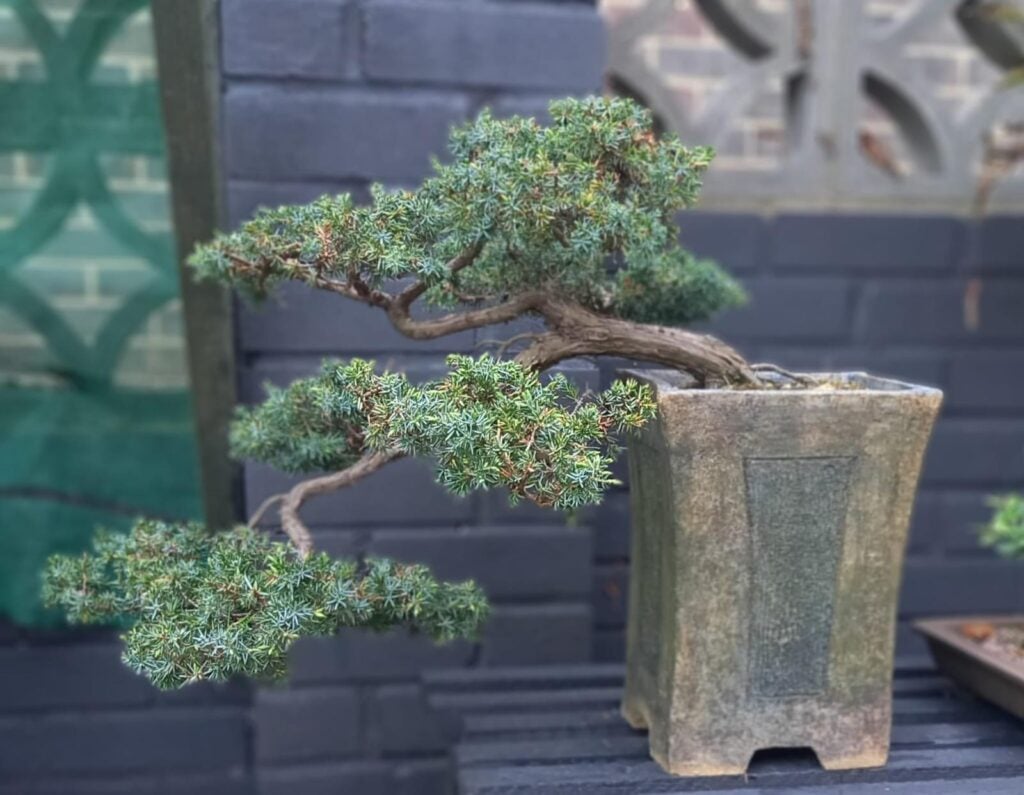
2. Locate in an Appropriate Environment
Bonsai thrive best outdoors, ideally in a shaded or semi-shaded position that receives early morning sunlight. This exposure aids in drying up morning dew, thereby reducing the risk of mildew. The remainder of the day should be spent in shade to slow the drying process of the shallow bonsai pot. For non-hardy varieties, it is prudent to bring the tree indoors from November to March, ensuring that it is not placed near radiators or underfloor heating systems.
By mixing it with horticultural grit in equal parts by volume, you will create a free-draining substrate that helps prevent the issue of overwatering, which is common among beginners.
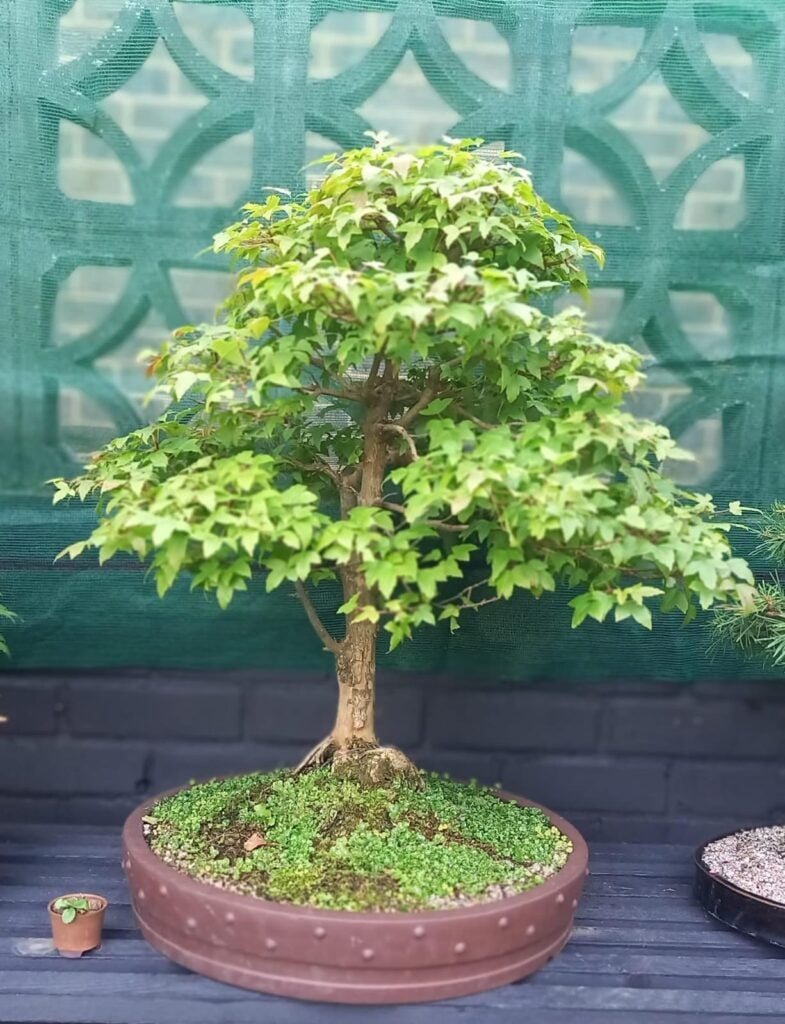
3. Establish a Daily Monitoring Routine
Daily observation of your bonsai is essential. This practice allows you to identify signs of distress promptly. During the peak of summer, you may need to water your bonsai every day. As the seasons change, watering may decrease to 2-3 times per week in autumn and rarely during winter months.
4. Arrange for Care During Absences
If you plan to travel, it is important to designate a reliable neighbour or relative to care for your bonsai. The tree will require regular watering, especially during summer months, and will not survive without it for an extended period.
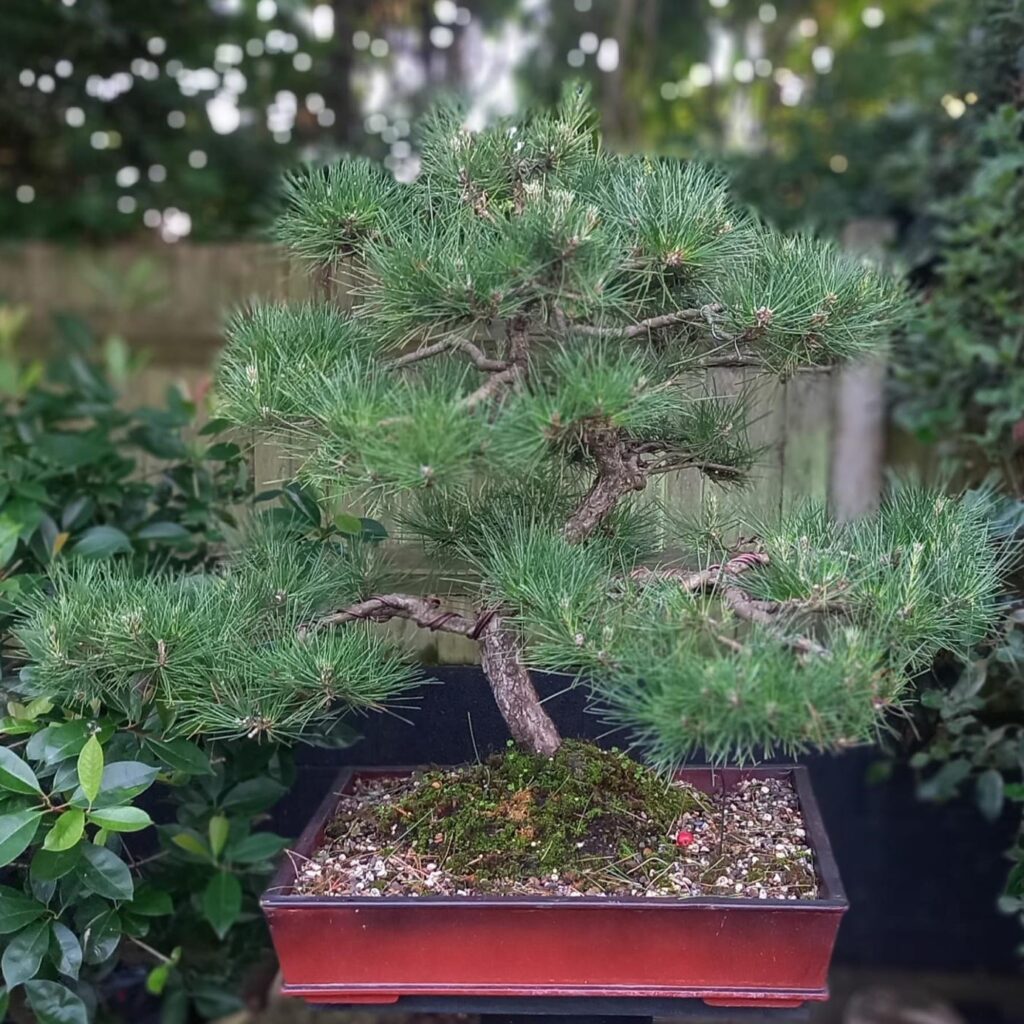
By following these four essential guidelines, you’ll be well on your way to keeping your bonsai alive, thriving, and looking its best. Remember, caring for a bonsai is as much about patience and mindfulness as it is about technique. With time, your tree will not only flourish but also bring a sense of peace and beauty into your space.

